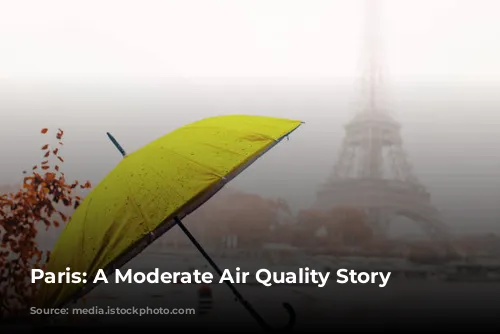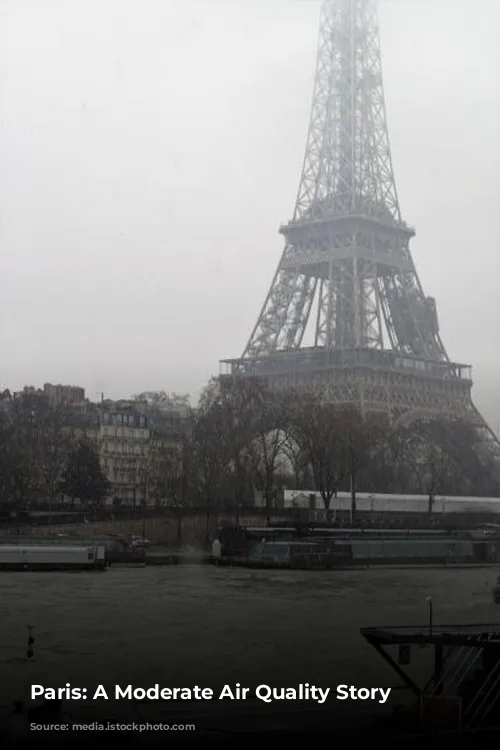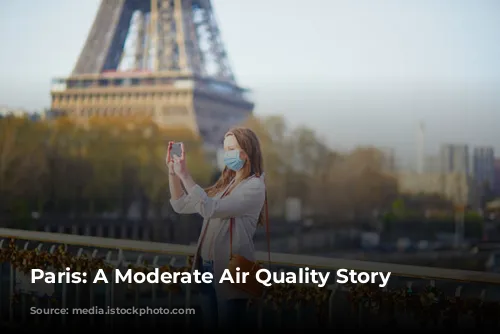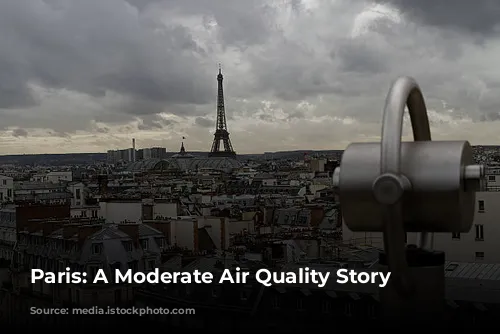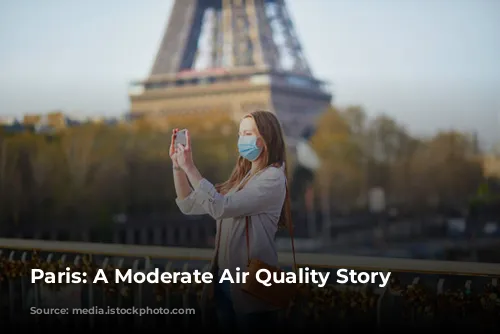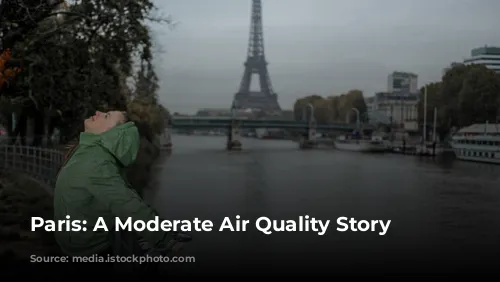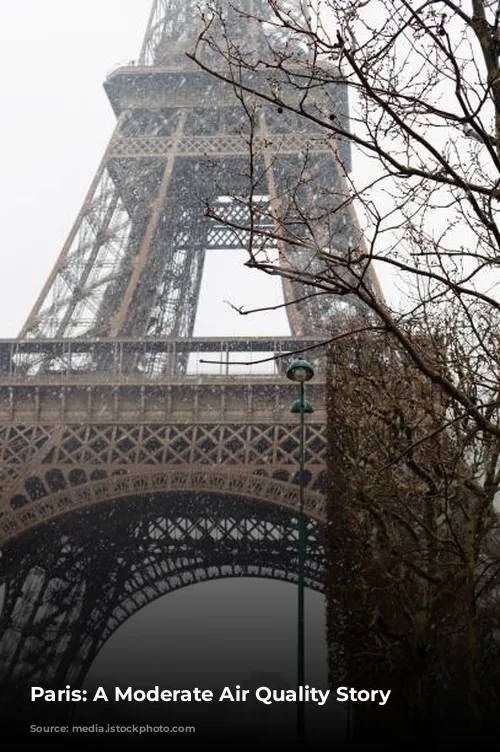Paris, the City of Lights, is not shining quite as brightly when it comes to air quality. While Paris ranked second among the most polluted cities in France in 2019, the air quality, although classified as “moderate,” sits at the lower end of this category. This means Paris is actually closer to a “good” air quality rating than to a “poor” one.
However, despite its relatively good ranking, Paris does face air pollution challenges. Let’s delve deeper into the factors contributing to these challenges.
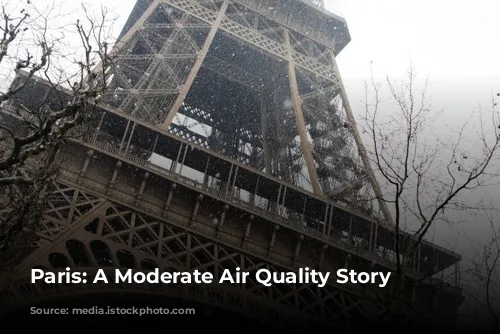
What’s Making Paris’ Air Less Than Stellar?
Airparif, the organization monitoring Paris’ air quality, pinpoints transportation, industry, and home and business heating as the main contributors to air pollution in the city. Traffic, especially from cars and trucks, seems to be the biggest culprit. Vehicle exhaust releases dangerous chemicals like nitrogen dioxide (NO2), sulfur dioxide (SO2), ozone (O3), lead, and carbon monoxide (CO), all of which contribute to poor air quality.
It’s not just vehicles, though. Heating systems in homes and businesses also play a role, especially considering Paris’ large population and bustling commercial scene. These systems often rely on fossil fuels, which release pollutants into the air during combustion. These pollutants, together with emissions from transportation and industry, make up a significant portion of carbon dioxide (CO2) emissions, further impacting air quality.
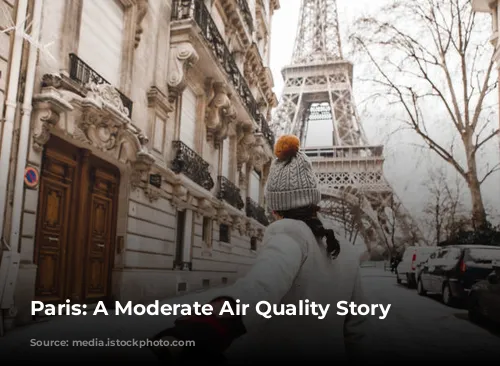
Breathing Easy in Paris?
The good news is that Paris’ air quality, while moderate, is far better than many other cities with the same rating. For example, Chiang Mai in Thailand, also categorized as “moderate,” recorded over double the PM2.5 levels of Paris in 2019.
Despite this, some groups may be more susceptible to the effects of Paris’ air quality, particularly during months when pollution levels are higher, like during peak tourist season. These groups include young children, the elderly, and people with pre-existing health conditions like asthma or respiratory problems.
While the impact of Paris’ air quality is not considered severe, long-term exposure to high PM2.5 levels, which can penetrate deep into the lungs, can potentially lead to health issues like lung cancer and cardiovascular problems.

Paris Fighting Back: A City in Transition
Recognizing the need to improve air quality, Paris is taking action. The city is investing in bike lanes and encouraging residents to choose walking, cycling, and public transportation over driving. This shift towards greener transportation options is crucial, as reducing traffic congestion directly correlates with improved air quality.
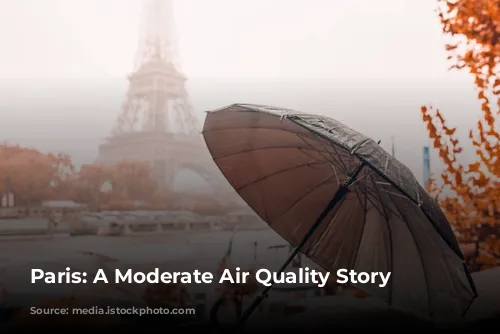
A Breath of Fresh Air: Best Months for Air Quality
Data from 2019 reveals that August and September were the cleanest months in Paris, with PM2.5 levels falling within the “good” range of the US Air Quality Index (AQI). September, in particular, boasted air quality that met the World Health Organization’s (WHO) target for clean air.
Overall, while Paris’ air quality is classified as “moderate,” the city is making strides towards cleaner air, with the best months offering air quality that rivals the best cities in the world. By continuing its efforts to promote sustainable transportation and address other pollution sources, Paris can aim for a brighter, cleaner future.
